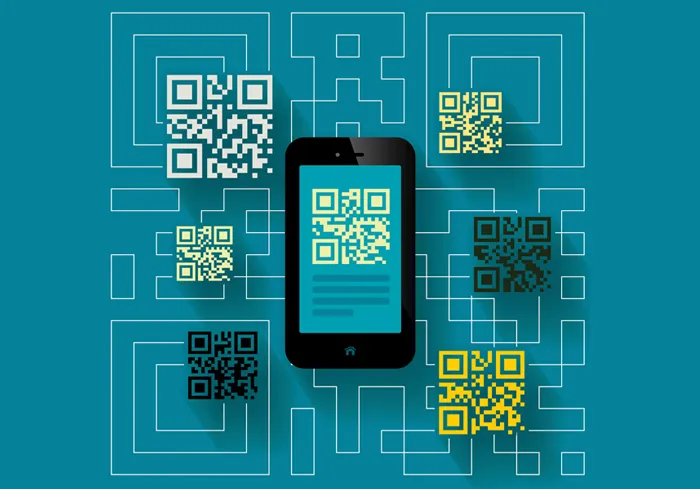
The State of Predictive Analytics in ABM 2025
In 2025 predictive analytics has moved beyond promise in account based marketing (ABM). It holds the power to find high value accounts early, guide outreach, and accelerate deal closing. For B2B marketers, sales leaders and marketing operations professionals this means turning data into action rather than dashboards into decoration. This blog shows how predictive analytics can be applied in ABM properly, which methods are falling short, and what to do about it. The goal is to give you concrete tools and ideas you can use immediately.
By late 2025 account based efforts have matured into real revenue drivers at many companies. Vendors report that ABM programs which integrate predictive models that measure account fit intent and engagement produce higher deal sizes and improved ROI. Research from Forrester shows ABM programs outperform non-ABM tactics when they embed data and analytics into

regular workflows. Meanwhile buyer behavior has become more private and compressed. A significant number of buyers progress deeply through the purchase journey before interacting with vendors. That compression raises the importance of detecting intent as early and accurately as possible. Platforms like VAIS observe that the combination of real time intent signals with fit metrics offers predictive lifts that older static models cannot match.
What Works in 2025
Multi-source intent plus behavior fusion
Using just one source of intent data no longer holds up. First-party site behavior, email interactions or CRM activity blended with third-party intent enrichment gives a clearer picture of what an account is doing now. Signals should be normalized for topic confidence and recency. Only accounts that show sustained signals over a period of days matter more than ones with single spikes of activity.
Predictive models operated as decision support not opaque black boxes
When sales and marketing understand why a model gives a high score, trust increases. Provide explanations such as feature importance or what traits pushed the score high. Include those in your CRM records so reps see why outreach might make sense. Models must guide rather than command.
Hybrid modeling combining business rules and machine learning
Best results come when rule-based heuristics filter by basic fit (for example size, industry or geography) then machine learning or statistical models refine based on behavior. Retrain regularly. Validate with holdout data. Monitor for drift in features over time.
Real-time or near real-time scoring
Deals are won by reacting quickly. If an account shows intent through product page visits or content downloads today you must get the insight and act without delay. Ideally event driven pipelines stream data into scoring systems and trigger actions. Update scores hourly or faster whenever possible.
Tight alignment of predictive scores with sales operations and plays
Scores themselves mean nothing unless they translate into tasks. Define what happens when an account reaches a high score. For example create an SDR task or send a personalized message. Set service level agreements around who responds when. This alignment gives accountability.
Model governance measurement and ongoing iteration
Building once and forgetting is not an option. Establish metrics that demonstrate the extent to which predictive models impact pipeline, the speed at which deals close, and the win rates for accounts that the model prioritizes. Make use of cohort comparisons or experiments. Examine feature drift. When performance deteriorates, retrain.
Artificial intelligence (AI)-powered orchestration systems like VAIS can automate a lot of this loop, including keeping an eye on model performance, retraining schedules, and signal drift without having to do it by hand. This keeps the accuracy of predictions in line with how real buyers act.
Well-integrated tech stack rather than disjointed point tools
If intent enrichment CRM ad platforms and analytics tools are disconnected real time data suffers. Choose platforms or build integrations so that data flows without lag. Make sure identity resolution and data mapping are reliable and transparent.
What Doesn’t Work (And Why)
Reliance on single-source intent
Depending on just one vendor for intent data results in blind spots. Many buying behaviors happen off vendor networks or in private spaces. The lack of visibility causes both chasing of uninterested accounts and missing those that are already engaged elsewhere.
Treating predictive scores as final decisions
If sales teams believe predictive outputs are unquestionable they stop questioning them. Models make mistakes. Without human feedback low quality outreach drains resources and erodes trust.
Overfitting to historical win data
Training models only on past wins tends to bake-in biases toward old patterns. Market changes or shifts in buyer behavior make those models brittle. Emerging verticals suffer when legacy patterns dominate.
Black-box machine learning without explainability
When models cannot provide reasoning for their scores, sales reps stop using them. Adoption drops so investment fails to pay off. Explainability is essential for trust.
Neglecting privacy compliance and ethical identity resolution
Using intent sources or identity resolution methods that violate GDPR or other local laws carries legal risk. Ethical considerations matter for brand reputation and long term trust. Skipping this invites regulatory trouble and loss of credibility.
Over-automation of personalization
Automated personalization without context often sounds generic or worse inappropriate. Recipients notice. When relevance is missing personalization backfires. High score accounts deserve human touch.
Focusing on metrics that feel good rather than metrics that drive revenue
Accuracy metrics like AUC or precision matter for technical validation but do not prove impact on pipeline growth deal size or velocity. Teams that do not connect predictive model outputs to revenue KPIs tend to suffer silently.

Best Practices for ABM Teams
Begin with a hypothesis about what signals indicate high-value being ready to buy. For example suppose that an account with a threefold increase in product page views plus strong firmographic match will convert faster. Test that.
Build an intent normalization layer that pulls in first-party behavior, third-party intent enrichment and data about firmographics. Transform raw signals into common formats for topic recency and confidence.
Define score bands and assign actions to each. When an account crosses into a high band, assign a sales outreach task or executive contact. Lower bands may receive nurture or ad-focused efforts.
Measure outcomes that matter: how much pipeline is influenced by predictive signals, how much faster deals close and what win rates look like across score bands. Use A/B style or cohort-based testing.
Ensure model explainability. Include in the CRM visible reason codes that say why an account scored high. Show feature importance dashboards for marketing ops and sales leadership.
Put governance in place so privacy laws, identity resolution and data quality are always monitored. Review all intent sources and data vendors for compliance.
Review models on a regular schedule. Detect feature drift or changes in data behavior. Retrain or adjust when performance degrades.
Support adoption through training and feedback. Have sales and marketing teams understand what model scores mean how to act on them. Gather feedback from reps about bad leads so models improve.
Takeaways
Predictive analytics delivers value in ABM when fit intent and engagement are fused together in near real time. Models must be explainable, actionable and integrated into workflows. Neglecting privacy compliance overreliance on past patterns or disconnected tech leads to wasted effort. Focus measurements on business outcomes rather than internal metrics. Success depends on iteration governance adoption and mapping scores to clear plays.










